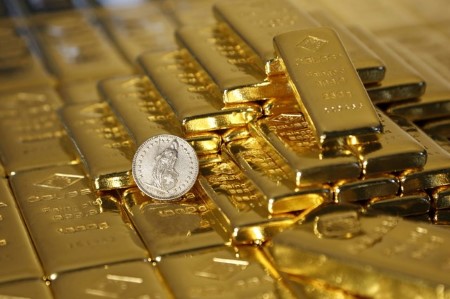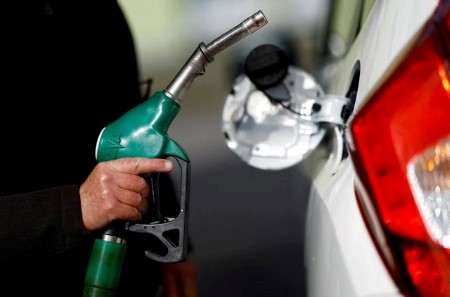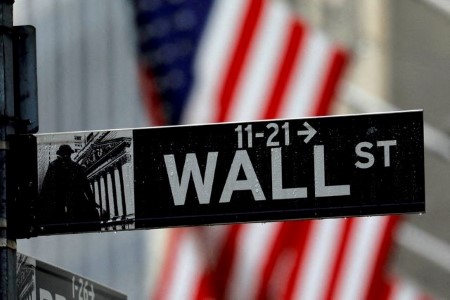Nov 15 (Reuters) – Gold prices rose to a three-month high on Tuesday, supported by a weaker dollar amid hopes that the Federal Reserve would adopt a less aggressive approach on rate hikes going forward.
Spot gold was up 0.5% at USD 1,779.94 per ounce, as of 0745 GMT, hitting its highest since Aug. 17. US gold futures gained 0.4% to USD 1,783.50 per ounce.
“Gold has had a very strong run from USD 1,618 per ounce and is now due for some consolidation in the short term. However, the overall dominant risk remains very much to the upside,” said Clifford Bennett, chief economist at ACY Securities.
“The catalyst for the recent strong rally was partially the correction of the US dollar.”
The dollar slipped 0.6% to a three-month low against its rivals, making gold more appealing for other currency holders.
The Fed will likely soon slow its interest rate hikes, Fed Vice Chair Lael Brainard signalled on Monday while emphasising the central bank still had more work to do.
Gold prices have risen more than USD 160 since falling to a one-month low earlier this month, as data showing an uptick in the US unemployment rate in October and signs of cooling inflation led to Fed slowdown optimism, triggering a sharp drop in the dollar.
Traders now see an 89% probability of a 50-basis-point increase at the US central bank’s December meeting, with only an 11% likelihood of a 75-basis-point rise.
While gold is considered a hedge against inflation, rising interest rates tend to dull bullion’s appeal as the metal pays no interest.
Speculators cut net short positions by 30,659 contracts to 8,219 in COMEX gold in the week to Nov. 8, the US Commodity Futures Trading Commission said.
Elsewhere, spot silver rose 1% to USD 22.19 per ounce, its highest since early June.
Platinum gained 1.4% to USD 1,031.63, while palladium climbed 1% to USD 2,046.34.
(Reporting by Brijesh Patel in Bengaluru; Editing by Subhranshu Sahu and Rashmi Aich)



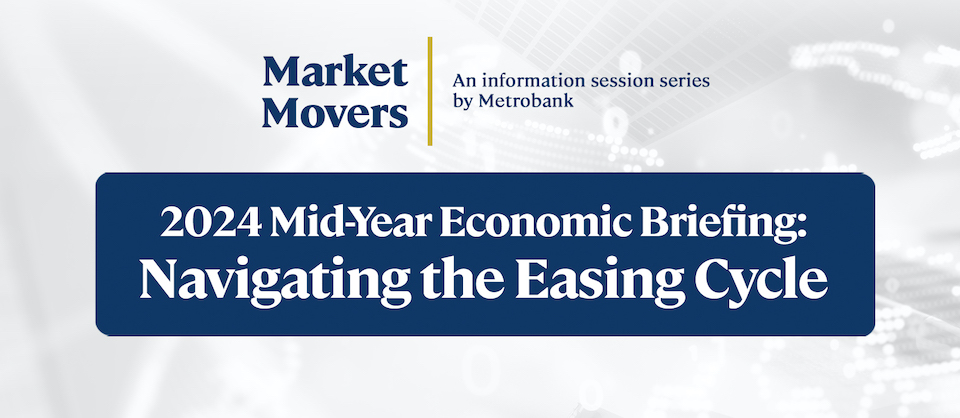

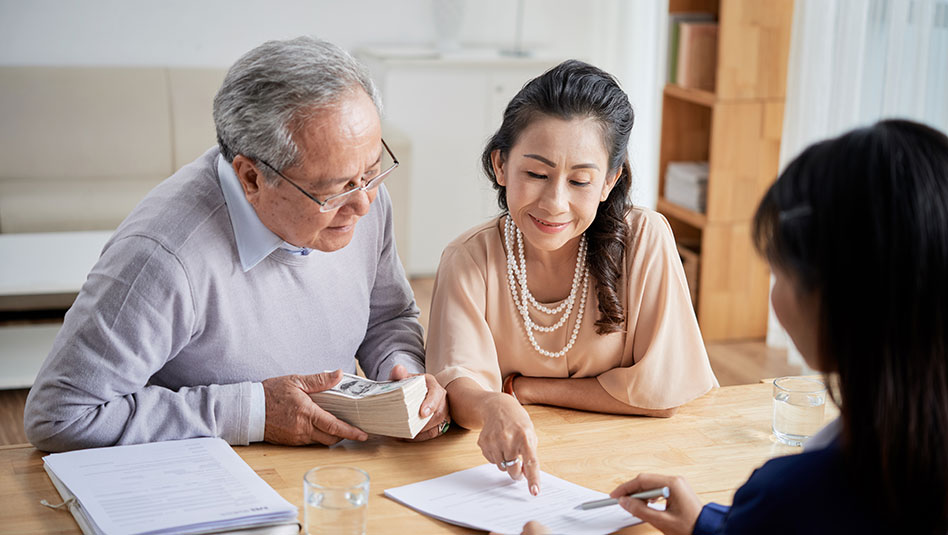

 DOWNLOAD
DOWNLOAD




